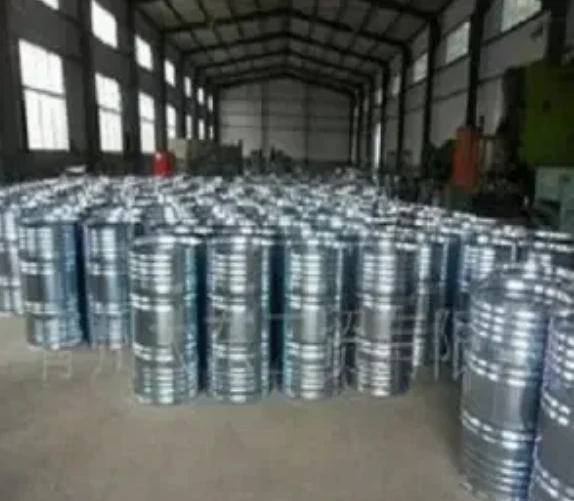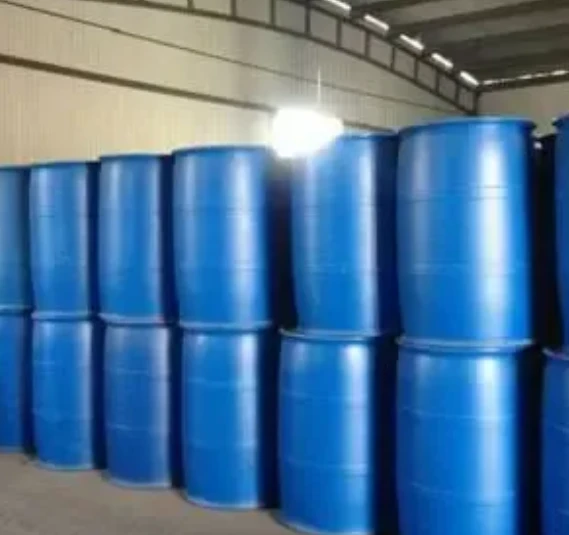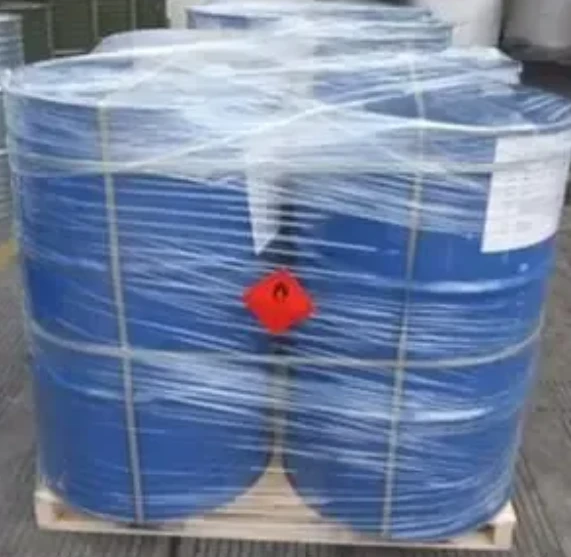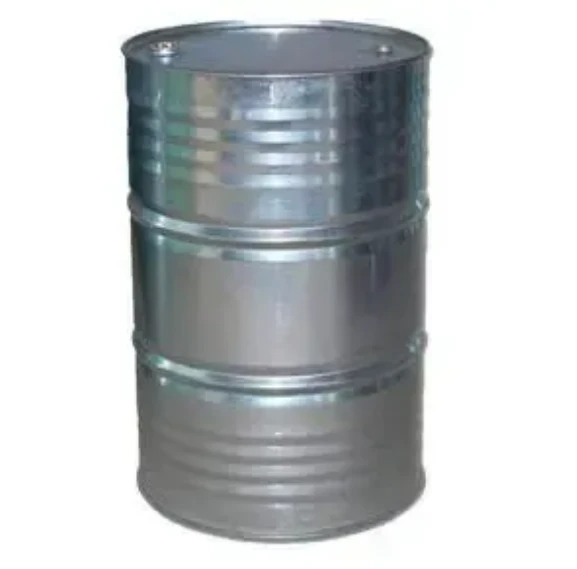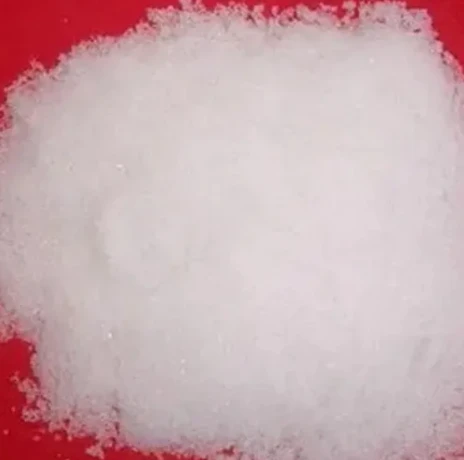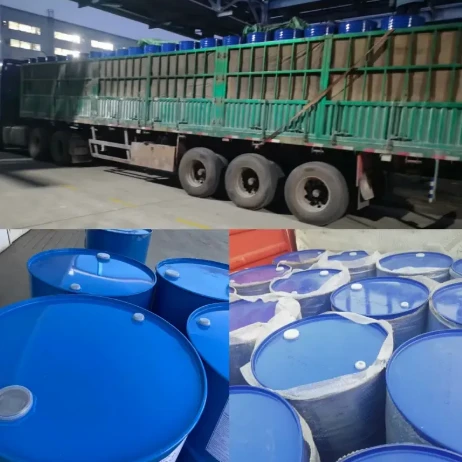N-Methylformamide

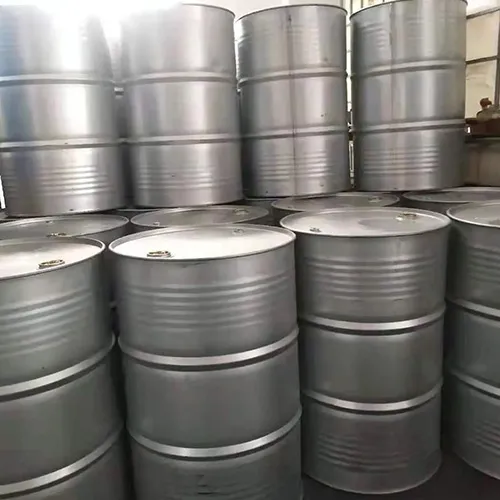
The authoritative voice of the medical and scientific community assures potassium iodide’s efficacy when properly used within prescribed timeframes and dosages. Continuous campaigns by health departments aim to educate the public and dispel myths surrounding potassium iodide. For instance, it is not a universal radiation antidote and should not be consumed unless there is a direct threat or advisory from health authorities. Trustworthiness in this context is fortified by transparent communication and comprehensive education efforts. Public health campaigns systematically disseminate information, ensuring the populace is informed about when and how to use potassium iodide. Emphasizing this aspect builds public confidence and ensures compliance, which is vital in chaotic scenarios such as nuclear emergencies. In conclusion, while potassium iodide is a significant element in nuclear emergency protocols, it does not replace the need for evacuation, sheltering, and other protective measures. Medical experts and public health officials continue to study, enhance, and advocate for improved nuclear safety systems globally. By collectively ensuring preparedness, understanding the role of potassium iodide, and trusting authoritative guidance, communities are better positioned to protect themselves and navigate the complexities of nuclear emergencies effectively.
Post time: Fev . 15, 2025 15:30
Prev:












